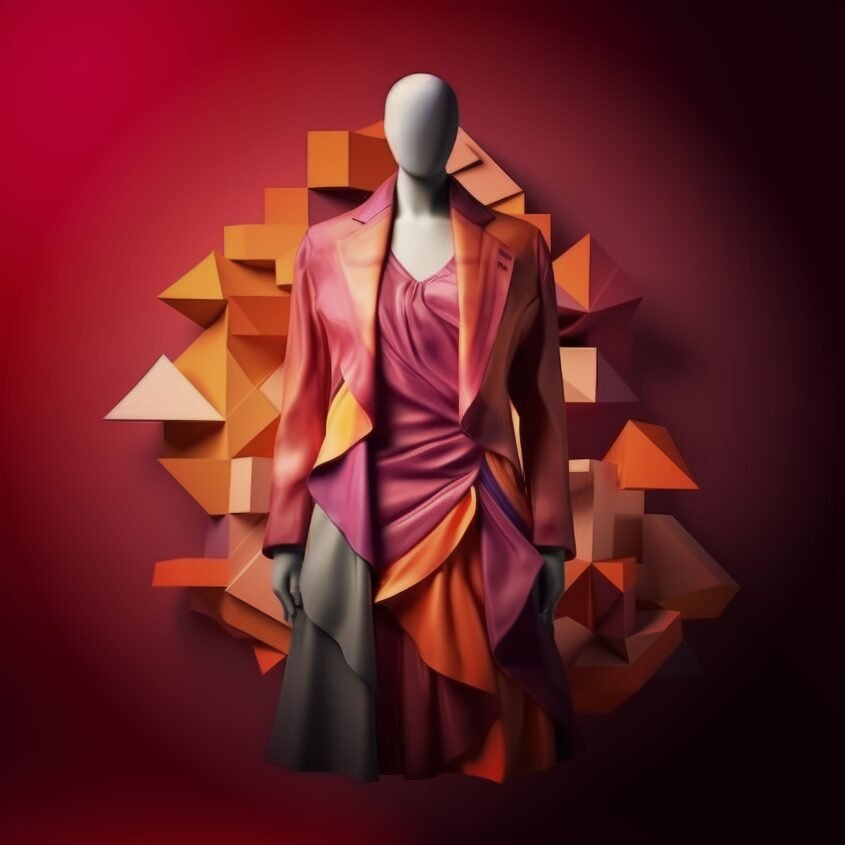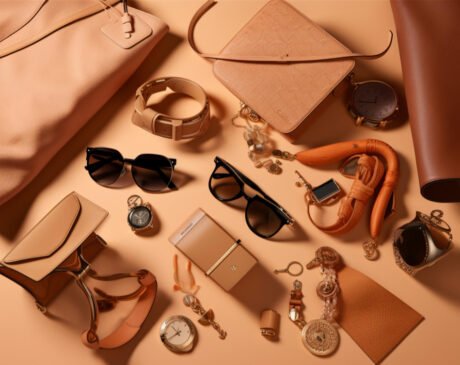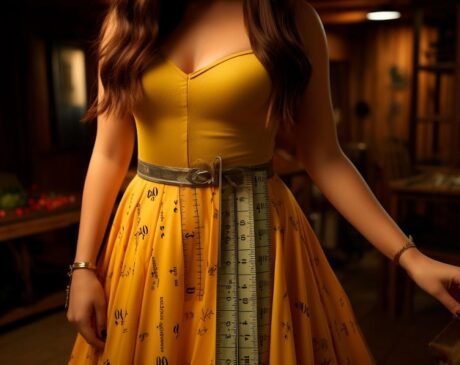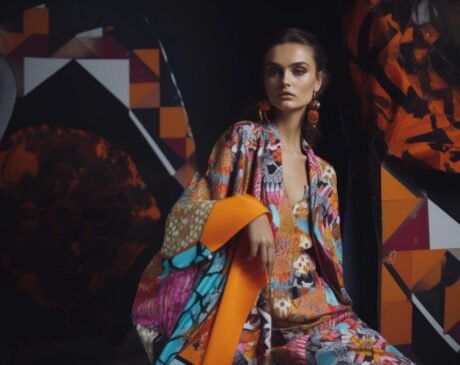Unveiling the Power of Fashion Psychology: 4 Ways Clothing Choices Impact Your Mood

Fashion psychology is a young field that studies the complex connection between behaviour and clothing. It examines the significant influence that what we choose to dress can have on our emotions, sense of self, and general well-being. We’ll go on an interesting journey through fashion psychology in this article, learning how our choices in clothing may have a profound impact on our lives in four different ways and our emotional states.
1. Boosting Confidence: The Psychology of Dressing for Success
Fashion psychology explores the complex connection between appearance and self-confidence. You may feel more confident and prepared to take on the day if you dress in something that makes you feel good about yourself and comfortable. You can face obstacles and interact with people more confidently when you have more confidence.
According to research in fashion psychology, when people feel they are dressed adequately for a given situation, they perform better and exhibit higher levels of self-esteem. For instance, putting on a stylish dress or a well-tailored suit might make you feel more powerful and in charge, which can improve your mood.
2. Expressing Emotions: Non-Verbal Communication Through Clothing
Clothing is acknowledged as a non-verbal method of communication in fashion psychology. You can communicate your feelings to people without saying a word if you let your clothing selections reflect your attitude and emotions. When you’re in a good mood, you could choose to wear clothes in bright, upbeat colours, whereas on gloomy days, you might prefer deeper, warmer colours.
Fashion psychologists have also investigated how people utilize their clothing to hide their feelings or deal with trying circumstances. For instance, someone going through a difficult period might decide to dress all in black to symbolize sorrow or a need for privacy.
3. Encouraging Positive Emotions: The Impact of Colour and Pattern
Your mood’s impact on your wardrobe selections is significantly influenced by the psychology of colour. According to studies, wearing bright colours like red, yellow, or orange can make one feel joyful, energised, and positive. Softer hues like blue and green, on the other hand, can encourage serenity and relaxation. Knowing how colours affect our moods allows you to choose clothes that consciously match the attitude you wish to project.
Fashion psychology also considers how emotions are affected by patterns and textures. For example, wearing clothing with soft, tactile textures may be calming and help to lower stress, which helps to promote a happier mood.
4. Enhancing Comfort and Relaxation: The Power of Comfort-Focused Clothing
Your attitude can be greatly affected by your apparel, especially while you’re relaxing. Wearing comfortable, loose-fitting clothing might communicate to your body that it’s time to relax and unwind, according to fashion psychology. Comfort-oriented attire can have a calming influence of
your mood, whether you’re sitting in your pyjamas, slipping into your favourite pair of sweatpants, or wrapping yourself in a soft blanket.
Conclusion
In conclusion, fashion psychology illuminates the complex connection between mood and clothing preferences. You may unleash the transformational power of your clothing by understanding the psychological components of clothes, such as how they affect confidence, act as a kind of non-verbal communication, and affect emotions through colour and comfort. Hence, keep in mind the next time you find yourself in front of your closet that your clothes selections are more than just about style; they are a mirror of your inner world and can have a significant impact on how you feel all day.



